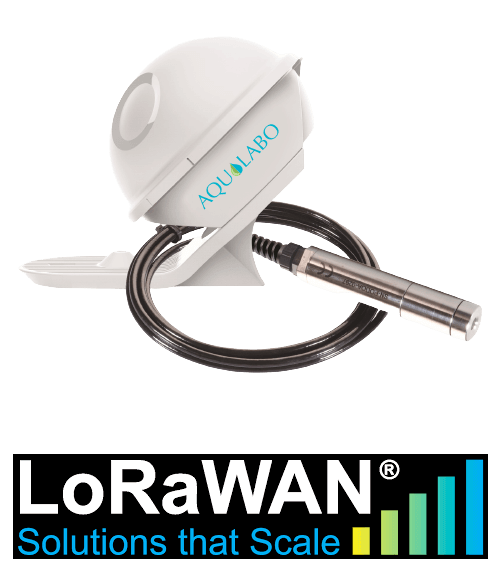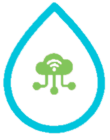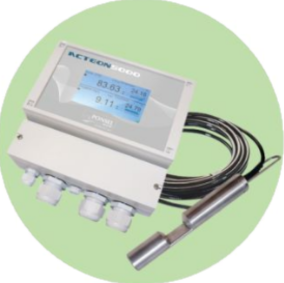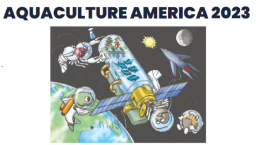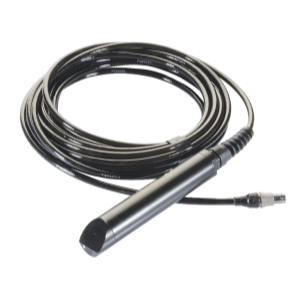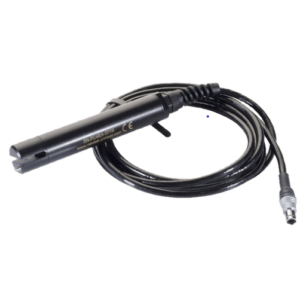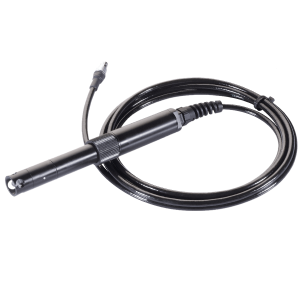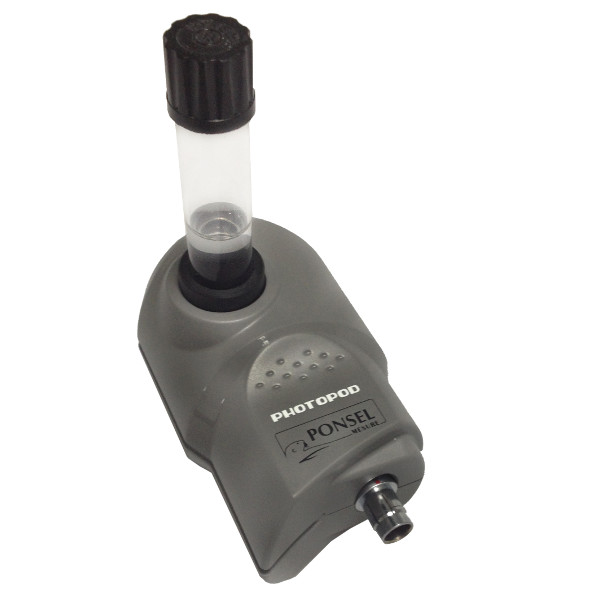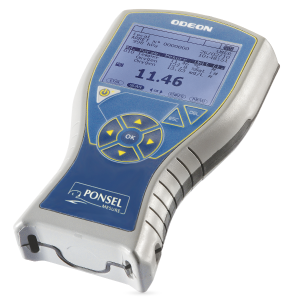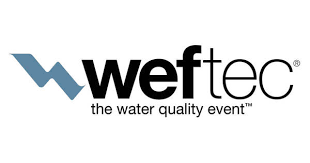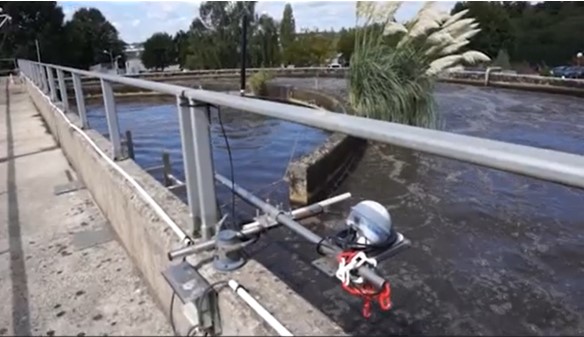THE BEST SMART SOLUTION ON THE MARKET
Whatever the project you can always integrate our sensors as the best value to deliver the highest standard for your customer.
Ultra Low Power
The power used by the probes is so low that you can have a battery powering it during many years. Perfect for IoT networks!
Universal
Embedded communication protocols are open source and give you the possibility to freely connect to third party hardware.
Smart Capabilities
Auto recognition over the network. Calibration data stored in the sensors and automatic compensation.
SMART SENSORS FOR SMART PROJECTS
Our probes pack all the required features for modern water monitoring needs.
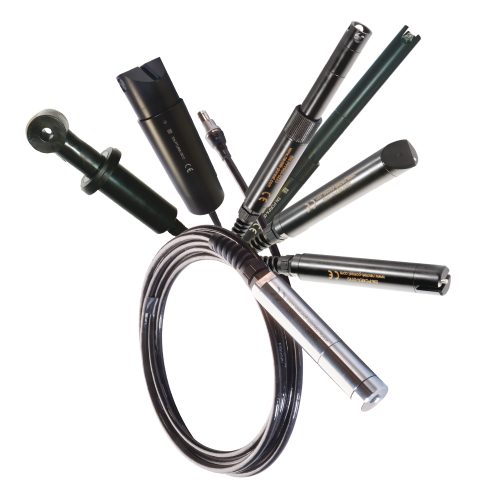
MAIN FEATURES
All of our water quality sensors come with key features making them the best solution for your projects.
OEM versions available
Impress your customers with your own sensor's brand. Fully customizable sensors can make a difference and help you develop your own image on the market. We provide all the necessary support to assist you in developing get the product you need.
IoT ready ultra low power
Allows the sensors to be deployed in standalone applications when no power source is available by only using a battery. Years of autonomy can be easily achieved thanks to the integrated sleeping mode and wake-up functions.
Rugged and durable
Our sensors are backed by more than 40 years of experience in the water quality monitoring market as a manufacturer. This ensures that you have a really rugged and durable product in hand, fruit of field experience gathered by our R&D team over the years.
Smart capabilites
Autorecognition of the sensors over a communication network. Calibration coefficients stored inside the sensors. Digital signal for maximum reliability of the measurement. Advanced functions available for integrators.
Universal Communication
Native open RS485 and SDI12 protocols. All sensors can be connected to any third party device such as automation, dataloggers and telemetry systems or IoT networks. No integration limit and full documentation available.
Monoparameter sensors
We focus on reliable and cost competitive monoparameter sensors. We believe that providing the users with the exact solution they need is the key response to achieve the best value for the market. This choice has been proved right by the market.
WIDE RANGE OF APPLICATIONS
You can use our sensors for most water monitoring applications you can imagine. From sea buoys to high altitude reservoirs or potable and waste water, we get you covered.
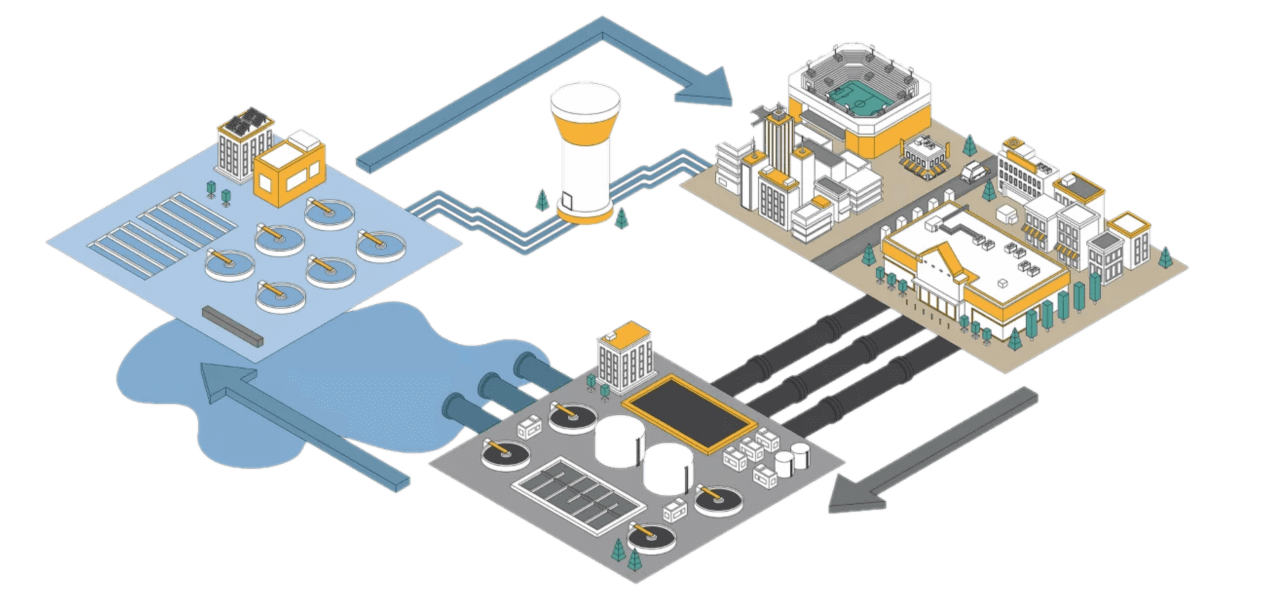
PROBLEM SOLVED !
Our sensors have proved to be a response to today’s challenge of combining a high quality and trustable product with top technical specifications at a competitive price.

Environmental Monitoring
Environmental water monitoring requires stable and trustable hardware as conditions can be really challenging. We designed our sensors based on field and real life experience so we know what you need when tackling the difficulties nature defies us with.
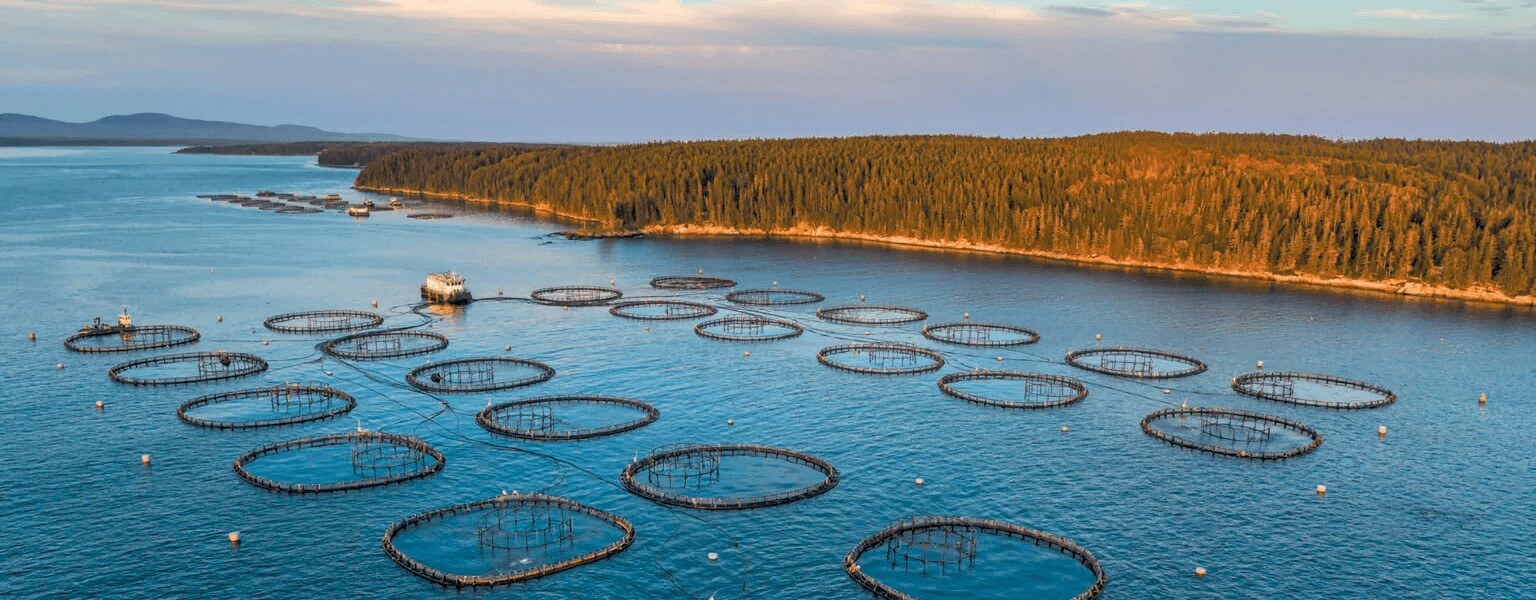
Aquaculture
Aquaculture development is exponential and faces new technical challenges to increase productivity and efficiency. Water quality monitoring is a key factor to reach these objectives. We already have thousands of sensors in water , helping farmers to go forward.
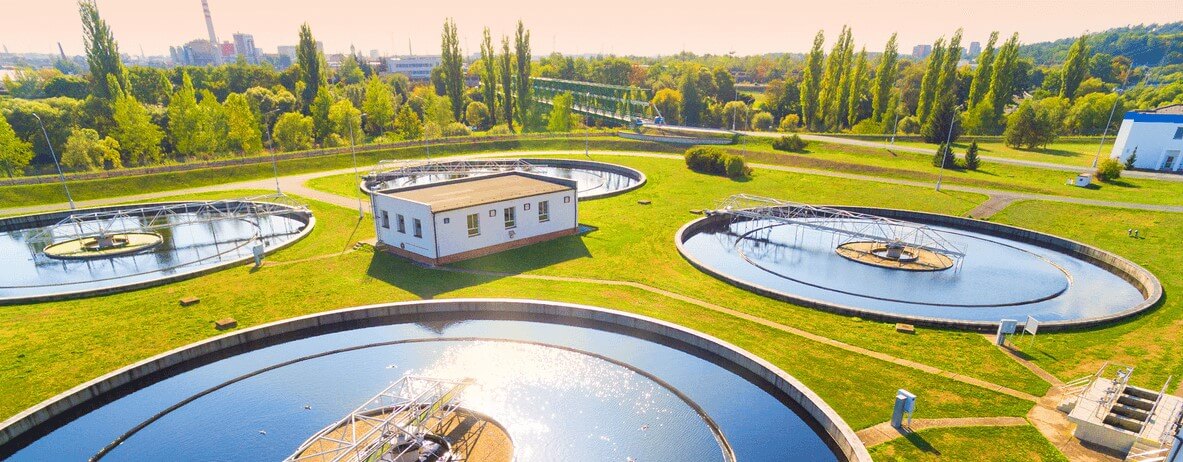
Waste and potable water
To give an access our communities to clean water and sanitation is a responsibility with must take seriously. You can rely on our sensors to help you to do the job monitoring both clean and dirty water in the potabilization and treatment processes.
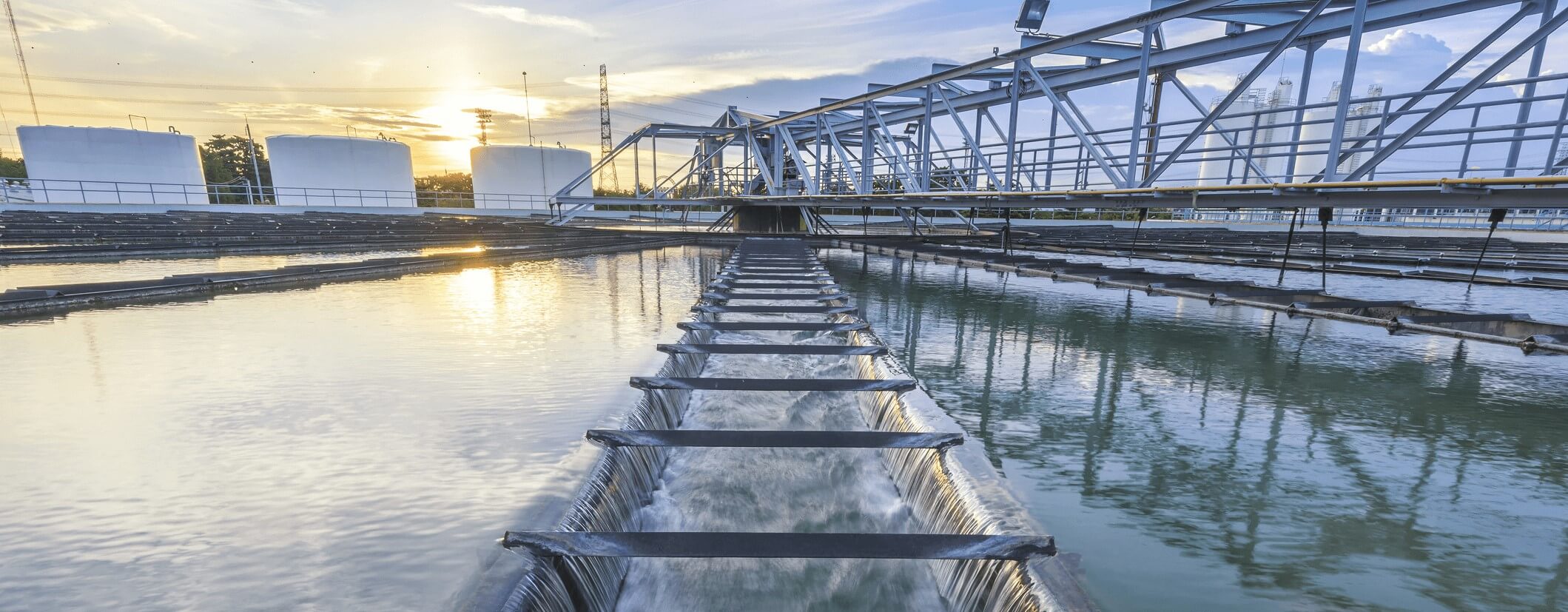
Industrial Water
Industries must comply with multiple regulations and high-quality standards for both discharge and process water. The implementation of our water sensors will help to achieve the control you need to have over your process and save you money!

IoT networks
Smart cities are the new trend and future. Smart water is part of it. All our sensors are IoT ready and can be easily connected to a Lora WAN network, at low cost. This feature gives you the capacity to deploy large networks of water quality sensors when needed.
PHEHT & EHAN SENSORS: pH, ORP and T°
The PHEHT and EHAN sensors were designed to perform well under hard conditions. They feature a “long life” reference thanks to the Plastogel® technology.
The design is aiming at stability, precision, durability, quick response time, minimal flow dependence and low power consumption.
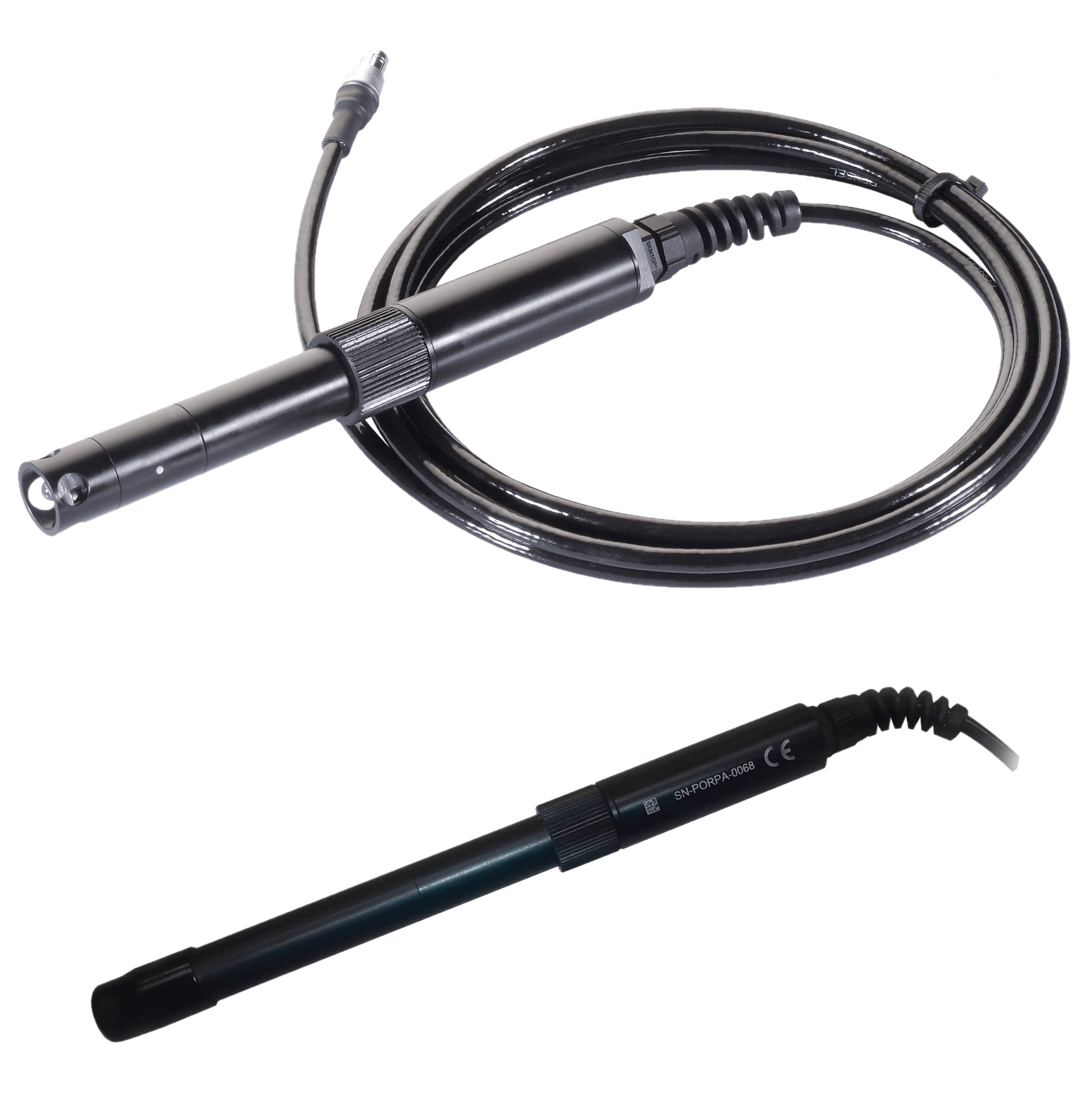
PHEHT sensor parameters
pH: 0 to 14 - ORP: ±1000 mV Temperature: 32 to 122 °F (0 to 50°C)
EHAN sensor parameters
ORP: ±1000 mV with annular electrode technology Temperature: 0 to 50 °C
Unique features
Plastogel long life technolgy. One unique and easy to replace consumible electrode cartdrigde.
Calibration PHEHT and EHAN
PHEHT: from 1 to 5 eligible calibration points. EHAN: zero and one eligible calibration point.
Power and communication
Power supply from 5 to 12 VDC. Embedded modbus RS485 and SDI12 open protocols.
Want know more?
OPTOD SENSORS: DISSOLVED OXYGEN
The OPTOD (Optical Dissolved Oxygen technology) is based on luminescent optical technology. Without calibration requirements and thanks to an ultra-low power technology, the OPTOD sensors meet the needs of field works and standalone systems. By no consuming oxygen this technology allows an accurate measurement in all environments and especially in low oxygen concentrations mediums. Antifouling option makes it the best choice for difficult environments.
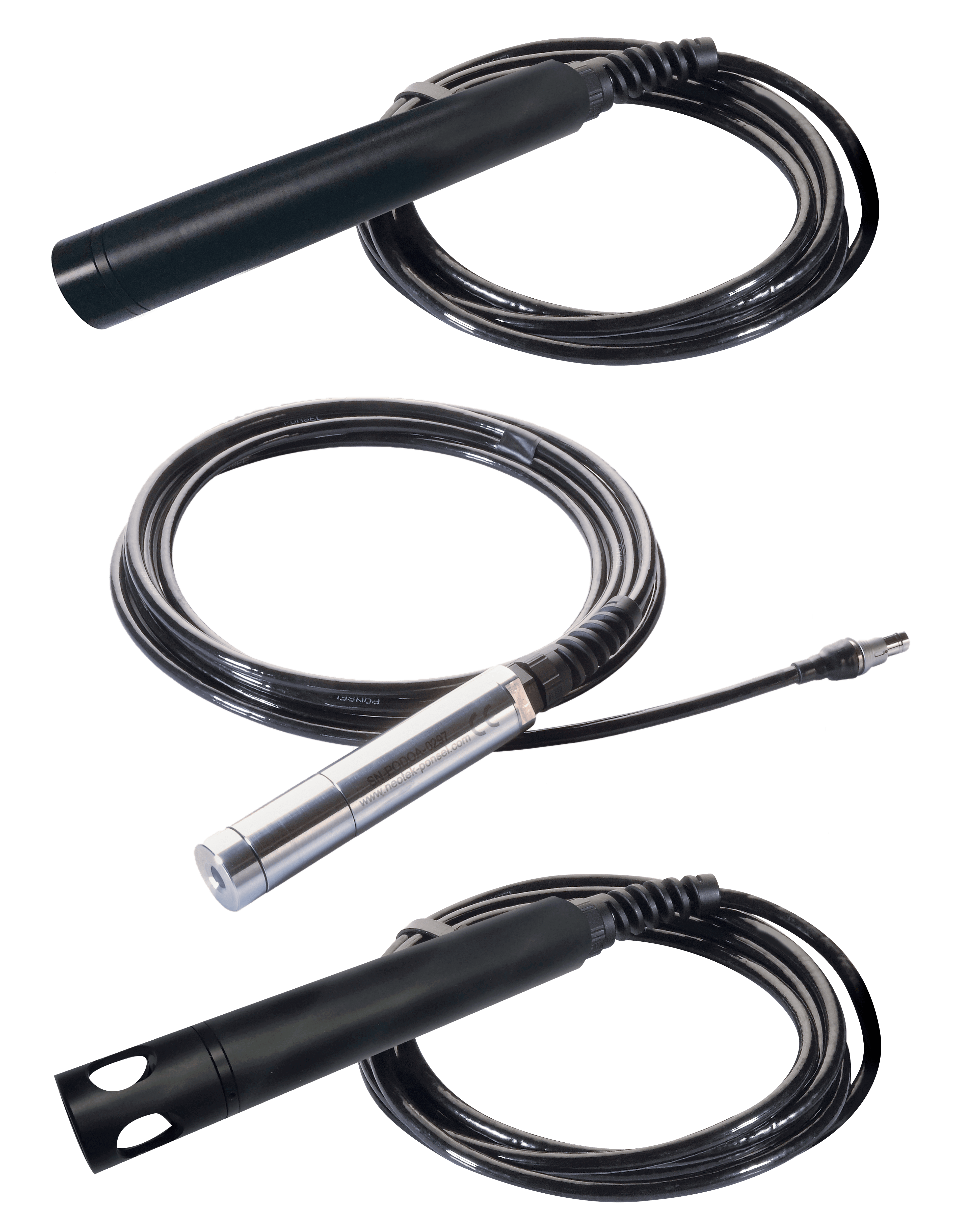
OPTOD sensor parameters
DO saturation: 0 to 200% DO concentration: 0 to 20 mg/l Temperature: 32 to 122 °F (0 to 50°C)
Unique features
Versions in stainless steel, titanium, or plastic body. Salinity, temperature, and pressure integrated compensations. Complies with ASTM D888-05 & ISO 17289:2014.
Power and communication
Power supply from 5 to 12 VDC. Embedded modbus RS485 and SDI12 open protocols.
Calibration
Easy 2 points calibration. Very stable measurement over time and extended life of the optical membrane (no timer or expiry date).
Versioning
Stainsless steel, titanium and plastic bodies available. Copper antifouling option available.
CTZ AND C4E SENSORS: CONDUCTIVITY
Conductivity and salinity measurements available with 2 different technologies. On one hand the CTZ sensor uses annular coils, a technology that doesn’t require maintenance and isn´t fouling sensitive. On the other hand the C4E sensor comes with a 4 electrode technology that combines stability, precision and fouling compensation at a very competitive cost.
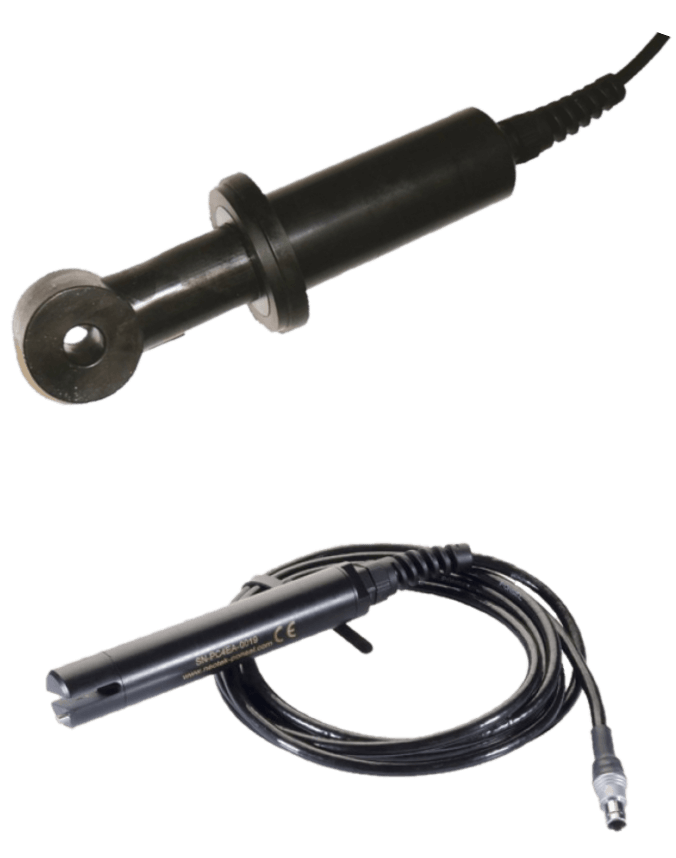
CTZ sensor parameters
Conductivity: 0 to 100 mS/cm - Salinity: 5 to 60 ppt - Temperature: 32 to 122 °F (0 to 50°C)
C4E sensor parameters
Conductivity: 0 to 200 mS/cm in 4 independent ranges & automatic range - Salinity: 5 to 60 ppt - TDS: 0 to 133000 ppm - Temperature: 32 to 122 °F (0 to 50°C)
Unique features
Integrated temperature compensation. High stability and fouling resistant.
Calibration
C4E: independent zero- and 1-point calibration for each measurement range with user eligible values. CTZ: zero- and 1-point calibration with user eligible value.
Power and communication
Power supply from 5 to 12 VDC. Embedded modbus RS485 and SDI12 open protocols.
Want know more?
NTU SENSOR: TURBIDITY
Our NTU measurement principle is based on infrared nephelometry at 850 nm. The sensor’s design is based on an optical technology that requires virtually no maintenance nor consumables. The sensor can also be used to measure suspended solids for low range applications.
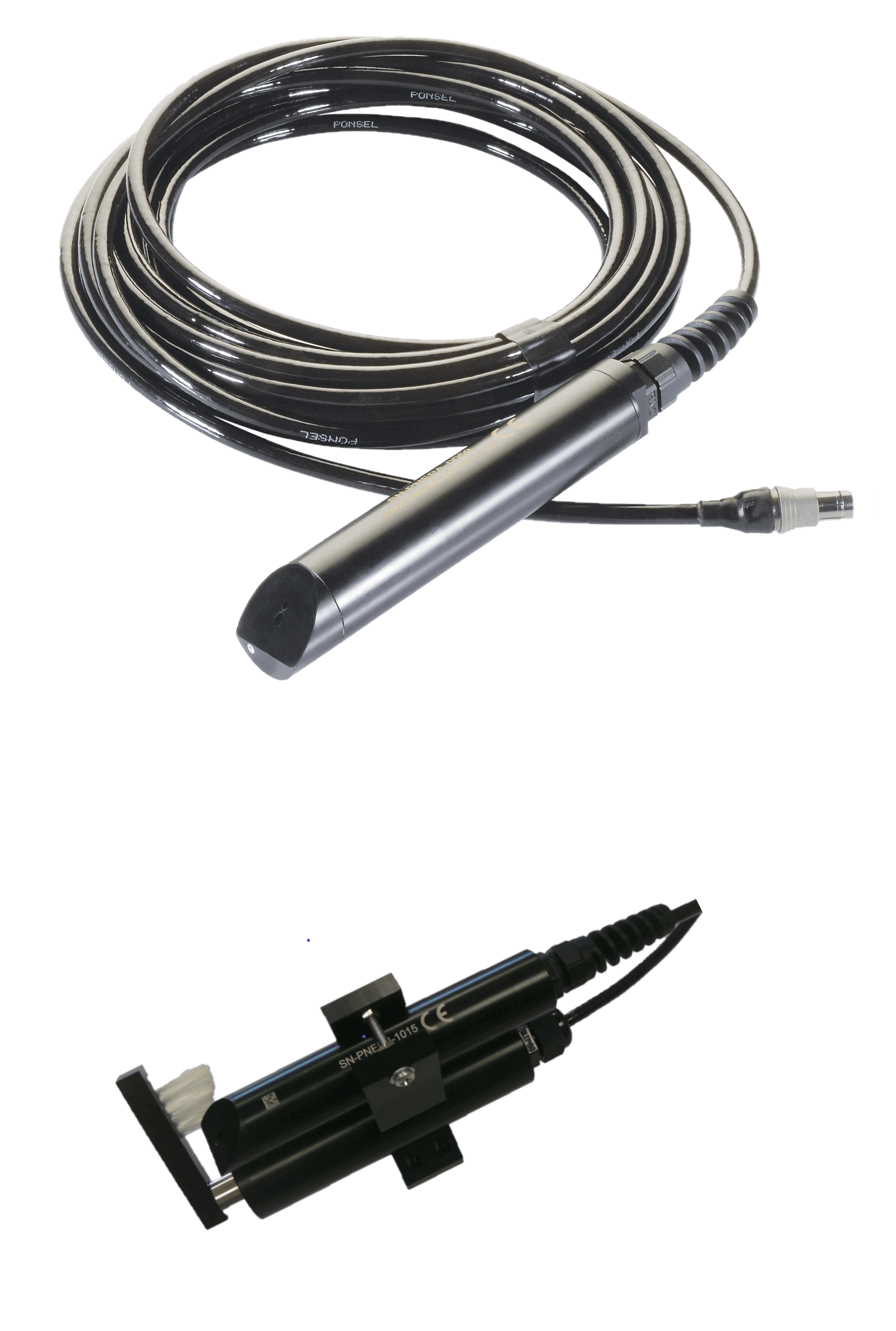
NTU sensor parameters
Turbidity: 0 to 4000 NTU in 4 independent ranges & Automatic range - Suspended Solids: 0 to 4500 mg/l - Temperature: 32 to 122 °F (0 to 50°C)
Hydroclean system
An automatic cleaning system available to ensure a stable and consistent measurement over time in all conditions. Available as an autonomous solution or a system to be externally driven and powered.
Unique features
NTU measurement according to ISO 7027: infrared nephelometric method.
Calibration
NTU: independent zero- and 1-point calibration for each measurement range with user eligible values. Suspended Solids calibrations according to NF EN 872 and NF T 90 105 2.
Power and communication
Power supply from 5 to 12 VDC. Embedded modbus RS485 and SDI12 open protocols.
Want know more?
STACSENSE: SAC254, BOD, COD, COT
The Spectral Absorption Coefficient (SAC) at 254 nm allows you to determine the organic content of a water sample. By measuring absorption of organic compounds dissolved in water at 254 nm, concentration of TOC, COD and BOD can be correlated. A reference measurement at 530 nm compensates particles presence in the sample and correlates with turbidity. This high-performance solution requires no consumables.
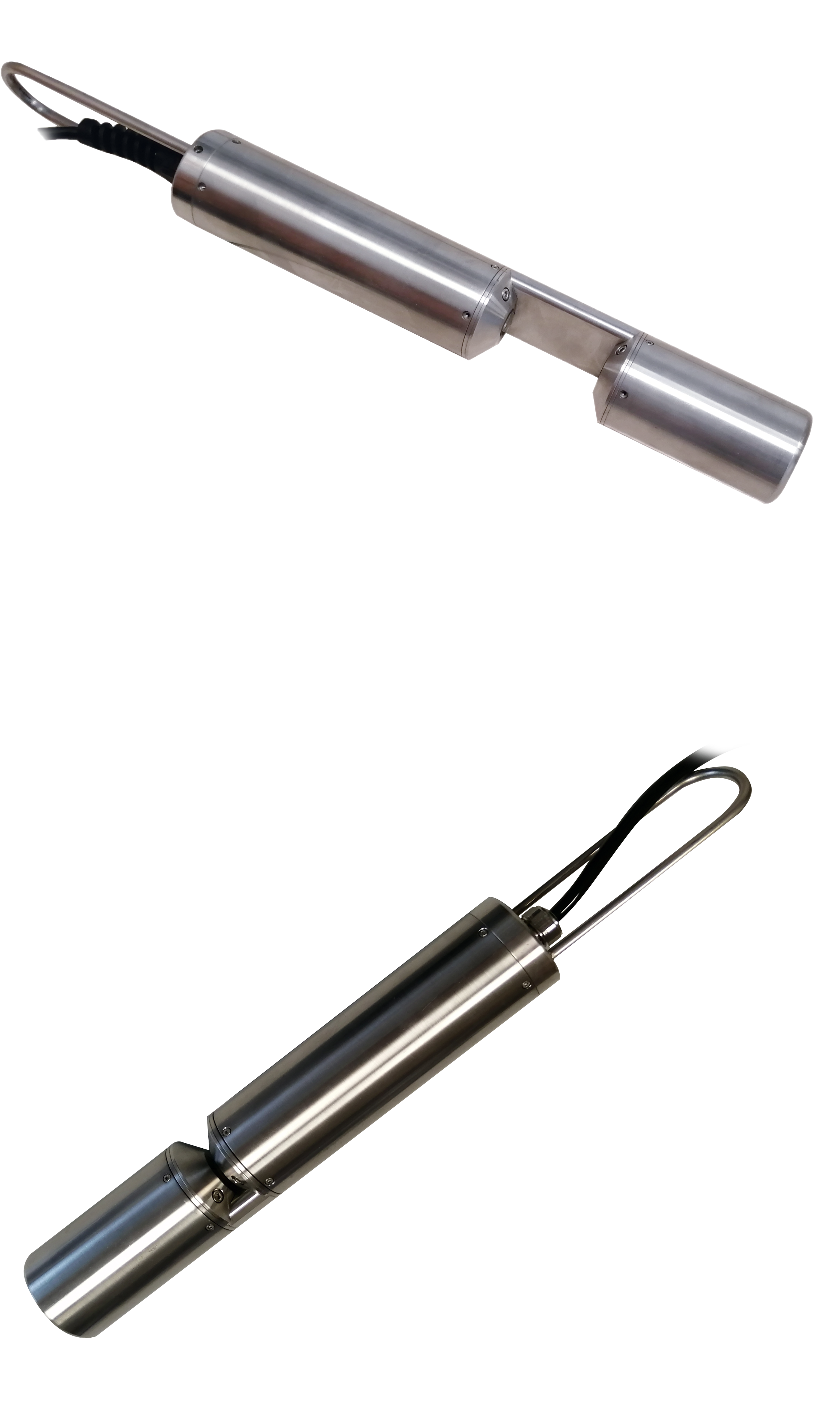
StacSense 2mm
For waste water application. Indicative measuring ranges SAC254: 0 to 750 Abs/m - CODeq: 0 to 1300 mg/L - BODeq: 0 to 350 mg/L - TOCeq: 0 to 500 mg/L - turbidity eq: 0 to 500 FAU
StacSense 50 mm
For potable water application. Indicative measuring ranges SAC254: 0 to 30 Abs/m - CODeq: 0 to 50 mg/L - BODeq: 0 to 15 mg/L - TOCeq: 0 to 20 mg/L - turbidity eq: 0 to 40 FAU
Unique features
Two- and fifty-mm versions available. External port ready for autocleaning system connection. Suspended solids correlation and compensation.
Calibration
SAc254 and absorption at 530 nm direct calibration by user. Independent correlation curves for BOD, COD and COT.
Power and communication
Power supply from 5.4 to 26 VDC. Embedded modbus RS485 and SDI12 open protocols.
Want know more?
FAQ
Got questions? We’ve got answers. If you have inquiries, feel free to send us an email to sales@waterqualitysensors.comWhat Smart Sensor means, what features do I get?
A smart sensor is intelligent because it processes all the measurement and compensations internally, so the digital data provided is final. You don’t need to connect the sensor to any another device to run a measurement as it works autonomously. Additionally, it has embedded auto diagnostics and stores the calibration coefficients.
Do I need to choose modbus RS485 or SDI12?
No, you don’t need to choose. The sensors come with both protocols at the time so you can decide to use one or another at your will. Nonetheless, Modbus RS485 protocol is superior in speed and allows to access more functions such as calibration, status reading, external compensations or averaging. Contact us if you want more information.
Can I use the sensors for online applications?
Absolutely. The sensors are designed for both online and portable uses. They perfectly work with a handheld for spot measurement but are also well adapted to online monitoring for all kind of applications. If you need more information about installation requirements or further technical details for a specific application, contact us.
How low is the power consumption?
When we mean ultra-low power, we really mean it! Our sensors in standby mode will consume from 25 to 50 µA. At one measurement per second, we speak of 4.4 to 11 mA. The sleeping mode reduces the power drainage, so it makes our probes the perfect solution for autonomous systems such as the ones used in IoT applications for example.
What spare parts and consumibles do I need?
The sensors are designed to last very long. The pH and ORP electrodes can last as long as 18 months, even in harsh conditions. Our optical DO sensor will only need a membrane replacement every 2 years! All other sensors don’t require any consumable and are very stable over time. Operation, maintenance and cost of ownership are reduced to a minimum.
Are the sensors certified?
Yes, our factories are ISO9001:2015 certified and all the sensors do come with CE marking. Our manufacturing processes ensure the highest quality standards. Depending on the measured parameter, some specific certifications or norms are applicable. Should you need more information don’t hesitate to contact us.
MORE THAN 75 YEARS OF EXPERIENCE
Our excellent products have a long history and come from a wide experience as a manufacturer.
UV254 StacStense launched
The integration of our optical knowledge in a single sensor
Aqualabo becomes one
All group companies merge to become Aqualabo
Digital Sensors Launched
First digital low power sensors on the market
Portable photometer launched
Photometer made under the Orchidis Laboratory brand.
First online UV analyzer
SECOMAM launches on the market a revolutionary UV analyzer for COD, BOD TOC and SST
Analogical sensors
Ponselle Mesure launches a complete range of online and portable equipment
First pH meter
Manufactured by Mr. Ponselle
First spectrophotometer
The fisrt bench spectrophotometer made by Mr Constant under the SECOMAM brand
LoRaWAN interface for sensors
